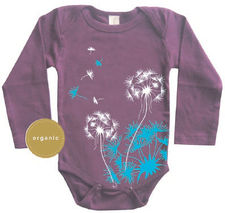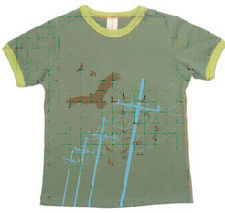Are you ready for a rep?
I’m going to tell you flat out that if you’ve designed a tee shirt line and have a collection of 6 or 8 tees that have done pretty well when you’ve sold them at your local Mom2Mom or craft show, you’re not ready for a rep—yet. How can you get your line ready for a rep, and the increased sales that go hand in hand?
There are several things you need to have up your sleeve to be ready to hire sales reps, primarily: a constant stream of new products. Reps sell, and buyers generally buy, in a two-season cycle, even if your product is the perfect, seasonless boutique item. If an account buys your line in Fall, they’ll want to see new products from you in the Spring. I’m not asking you to re-create the wheel every 6 months. Buyers do want to be able to recognize your unique brand.
What I am saying is that if you sold pink and yellow tank tops and short sleeve tees in the Spring, for the Fall buyers want long sleeves, different colors, new graphics and maybe a jacket. Your best sellers like “I’m a Big Sister” or “Princess” might always stay the same—and that’s OK. Don’t stop producing your best-sellers till you see their sales dip. Work with your rep to market those original designs as the core collection of your brand and supplement them with new seasonal designs twice per year. If you aren’t always designing and manufacturing new products, you won’t be able to keep up with the cyclical demands of your buyers. Plus, a rep won’t show your line if there is nothing new to show.
Why will the rep stop showing your line? The primary reason a rep gets an appointment with a buyer is to show fresh, new products. Buyers are always on the hunt for the latest and greatest to showcase in their boutique and reps love to be able to say confidently, “This is a fantastic line. Check out the new samples they just sent me.”
It’s not always a plus to tell buyers that you’re in 100 stores in California and that distribution is the reason your brand should be in their store too. What’s more enticing to a buyer is to hear from a rep that your brand has great sell-through and a fantastic track record of designing and shipping new products. After all, your buyer is making an investment bringing in your brand. If your brand sells well, that makes her job easier. She keeps buying your products every season when the rep calls to say your new samples just arrived. If your brand doesn’t sell well or never has new products, that costs your buyer time and money because she has to research, buy and set up a new vendor to replace your brand.
What else do you need to have all buttoned up before starting your rep search? A few easy basics:
• A brief sales pitch defining your unique brand
• Wholesale line sheets or a catalog
• Wholesale order form
• Easy-to-navigate, high-quality, professional Web site
• A basic understanding of how reps work and get paid
• Defined expectations for your reps, i.e. road work, tradeshows, a permanent showroom, opening new accounts and servicing existing accounts
• Time to build a relationship with your rep
This isn’t an exhaustive list because all reps work just a little differently. The keys are: define your brand’s product cycle, define why you need a rep and then search till you find the rep that will help make your brand a shining star in your industry.
More to come next week on finding the rep that’s right for you.
Lara owns and is the primary sales rep for LJBryn&Co., a Midwest-based, independent rep group specializing in children’s gift, toys, gear and apparel. www.LJBrynAndCo.com
- larabryn's blog
- Login or register to comment











